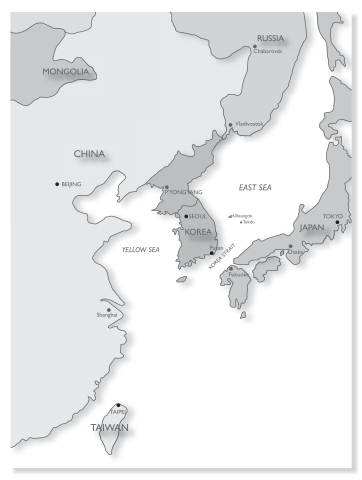2019. See “—Financial Statements and the Auditors—Notes to Separate Financial Statements as of and for the years ended December 31, 2019 and 2018—Note 20.”
Sources of Funding
We obtain funds primarily through borrowings from the issuance of bonds in both domestic and international capital markets, borrowings from domestic and foreign financial institutions, capital contributions and internally generated funds. Internally generated funds result from various activities we carried on and include principal and interest payments on our loans, fees from guarantee operations and other services, and income from marketable securities we hold.
We raised a net total of ₩59,291 billion (new borrowings plus loan repayments by our clients less repayment of our existing debt) during 2019, a 10% increase compared with the previous year’s ₩54,005 billion. The total loan repayments, including prepayments by our clients, during 2019 amounted to ₩52,375 billion, an increase of 3% from ₩50,616 billion during 2018.
Since our establishment, the Government has, from time to time, provided us with loans to support our lending to Korean exporters and provide liquidity to us. As of December 31, 2019, we had no outstanding borrowings from the Government.We also issuedWon-denominated domestic bonds in the aggregate amounts of ₩13,670 billion, ₩12,865 billion and ₩11,310 billion during 2017, 2018 and 2019, respectively.
We have diversified our funding sources by borrowing from various overseas sources and issuing long-term floating-rate notes and fixed-rate debentures in the international capital markets. These issues were in foreign currencies, including the U.S. dollar, Thai Baht, Japanese Yen, Australian Dollar, Euro, Hong Kong Dollar, Singapore Dollar, Swiss Franc, Brazilian Real, Mexican Peso, Peruvian Sol, Indian Rupee, Indonesian Rupiah, Chinese Yuan, New Zealand Dollar, Philippine Peso, South African Rand, Danish Krone, Swedish Krona, Czech Koruna, Norwegian Krone, British Pound, Canadian Dollar and Polish Zloty and have original maturities ranging from one to thirty years.
During 2019, we issued Eurobonds in the aggregate principal amount of US$4,213 million in various types of currencies under our existing medium term notes program, a 22% decrease from US$5,395 million in 2018. These bond issues consisted of offerings of US$1,328 million, HKD 1,020 million, BRL 711 million, EUR 900 million, CNY 200 million, AUD 883 million, IDR 5,330,000 million and CHF 150 million. In addition, we issued global bonds during 2019 in the aggregate amount of US$1,000 million under our U.S. shelf registration statement, or the U.S. Shelf Program, compared with US$2,500 million in 2018. As of December 31, 2019, the outstanding amounts of our notes and debentures were US$34,044 million, JPY 57,820 million, HKD 5,101 million, BRL 3,317 million, EUR 3,942 million, THB 10,300 million, CHF 1,250 million, AUD 4,333 million, INR 27,400 million, CNY 7,340 million, IDR 13,658,400 million, PEN 473 million, NZD 810 million, ZAR 1954 million, NOK 2,250 million, GBP 35 million, CAD 365 million, SEK 250 million, MXN 7,150 million, SGD 200 million, CZK 3,420 million and PLN 194 million.
We also borrow from foreign financial institutions in the form of loans that are principally made by syndicates of commercial banks at floating or fixed interest rates and in foreign currencies, with original maturities ranging from one to five years. As of December 31, 2019, the outstanding amount of such borrowings from foreign financial institutions was US$1,700 million.
Our capital stock has increased from time to time since our establishment. From January 1998 to December 2019, the Government contributed ₩10,491 billion to our capital.As of December 31, 2019, our total capital stock amounted to ₩11,871 billion, and the Government, The Bank of Korea and The Korea Development Bank owned 66%, 10% and 24%, respectively, of our capital stock.
In connection with our fund raising activities, we have from time to time sold third parties promissory notes, including related guarantees, acquired as collateral in connection with export credit financings.
23

